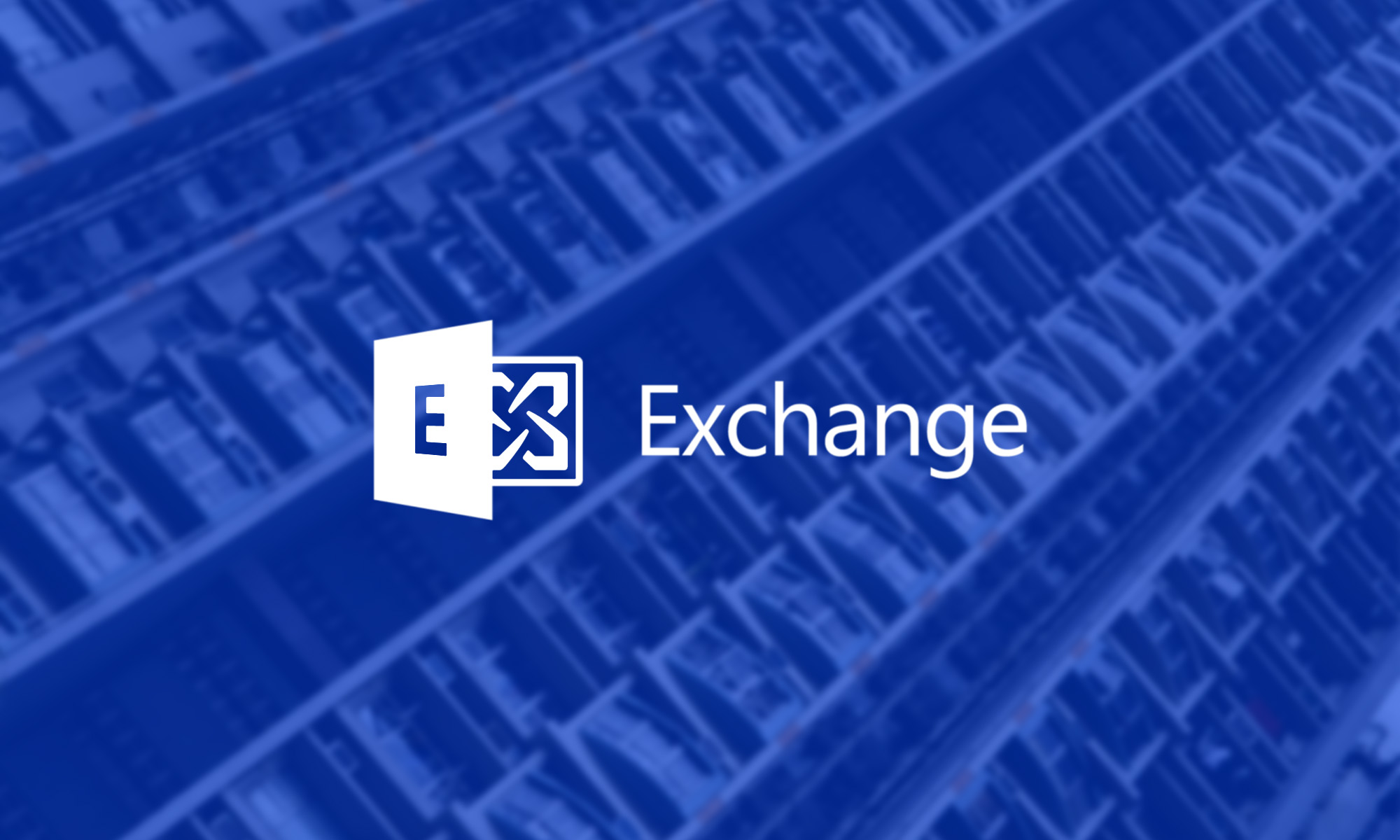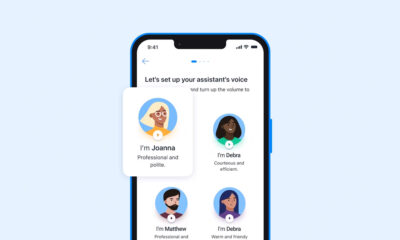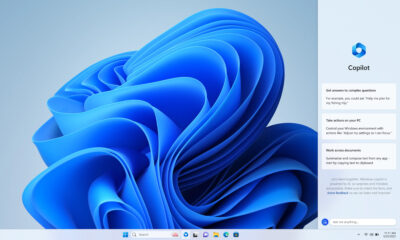News
Exploits In Microsoft Exchange Used To Breach Over 30,000 Organizations

Over 30,000 entities, including local governments, small businesses, defense contractors, and education institutions, have been breached because of unpatched exploits in Microsoft Exchange, reported journalist and investigative reporter Brian Krebs on his blog, KrebsOnSecurity.
“In each incident, the intruders have left behind a ‘web shell,’ an easy-to-use, password-protected hacking tool that can be accessed over the Internet from any browser. The web shell gives the attackers administrative access to the victim’s computer servers,” Krebs wrote.
According to Microsoft, the attack was orchestrated by notorious Chinese hacking group Hafnium, and they started on January 6th, the day when rioters stormed the United States Capitol in a violent attack against the 117th United States Congress.
Microsoft released emergency security updates to patch the vulnerabilities on March 2nd, which means that the attackers had nearly two months to infiltrate vulnerable systems. The tech giant has been working closely with the U.S. Cybersecurity & Infrastructure Security Agency (CISA), as well as other public and private organizations, to secure all unpatched servers running Exchange Server 2013, 2016, or 2019 (Exchange Online hasn’t been affected).
“The best protection is to apply updates as soon as possible across all impacted systems,” said Microsoft spokesperson in a written statement. “We continue to help customers by providing additional investigation and mitigation guidance. Impacted customers should contact our support teams for additional help and resources.”
Also Read: Dubai Police Use Futuristic Technology To Read Murder Suspect’s Mind
While most known victims of the attacks were located in the United States, breaches related to the Microsoft Exchange vulnerabilities were also detected on the other side of the Atlantic. For example, the Prague municipality and the Czech Ministry for Labor and Social Affairs were forced to shut down some of their systems and install emergency patches. No data was stolen during the attack, said Czech government officials.
Attacks like this one highlight the importance of timely patching and modern intrusion detection tools, which are able to detect unusual activity while it’s still time to act.
News
Mamo Completes $3.4M Funding Round To Enhance Fintech Services
The startup will use the influx of cash to expand into Saudi Arabia and across the wider GCC while improving its product offering.

UAE-based fintech Mamo has announced the completion of a $3.4 million funding round that will help the startup extend its market presence and improve its product offering. Investors included 4DX Ventures, the Dubai Future District Fund and Cyfr Capital.
Mamo’s platform offers “payment collection, corporate cards and expense management” to help small and medium-sized businesses consolidate and streamline their operations. With the latest influx of capital, Mamo will further develop its comprehensive suite of services and begin testing its product lines in Saudi Arabia, further extending its footprint across the GCC.
Imad Gharazeddine, co-founder and CEO of Mamo, stated: “We’ve been in the market for a while now and are incredibly proud of what our team has achieved. The holistic and expansive nature of our product offering has helped us continue to grow sustainably. This additional funding will allow us to reach our medium-term goals even faster. The support from new and existing investors is a testament to our strong expertise and the ability to deliver on our customer promise”.
Daniel Marlo, General Partner of lead investor 4DX Ventures, added: “We have immense trust in Imad’s vision, leadership and Mamo’s innovative approach to provide a user-friendly and comprehensive financial solution for SMEs that makes financial management more accessible and efficient. We are proud to partner with them and support their mission”.
Also Read: A Guide To Digital Payment Methods In The Middle East
Amer Fatayer, Managing Director of Dubai Future District Fund’s investment team, also commented: “Mamo’s localized product lines serve as an infrastructure for SME payments and spend management in UAE, a segment that is underserved by the country’s current banking infrastructure. The team has taken a product-first approach to consolidating SMEs’ financial journeys and building a fintech solution deeply embedded in a business’s core operations”.
To date, Mamo has raised around $13 million in investment funding and now boasts a team of 30 people. The company’s intuitive financial services platform has allowed over 1,000 businesses to consolidate their financial operations and significantly reduce payment fees.
-

 News4 weeks ago
News4 weeks agoAmazon Prime Day 2024: Get Ready For 6 Days Of Amazing Deals
-

 News4 weeks ago
News4 weeks agoSamsung Unpacked 2024: What To Expect From The July 10 Event
-

 News4 weeks ago
News4 weeks agoCoursera Report Shows Surge In UAE Interest In AI Upskilling
-

 News4 weeks ago
News4 weeks agoMeet Dubai’s Groundbreaking Smart Robot Delivery Assistant
















